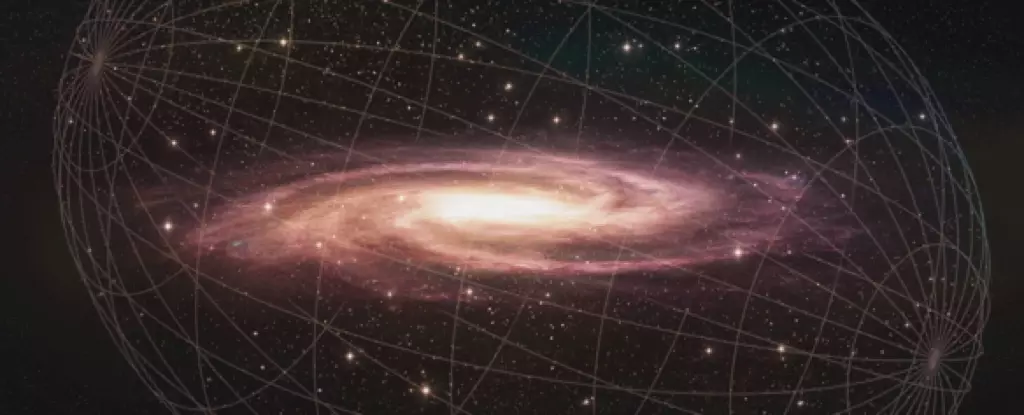In the vast expanse of the Universe, the Milky Way is not the only player on the stage. Dwarf galaxies, small and faint, containing as few as a thousand stars, dance around our cosmic neighborhood in elegant orbits. Although the exact number of these dwarf galaxies remains uncertain, it is believed that there are many more than the approximately 60 that have been discovered so far. Recent discoveries of two new satellite galaxies, Virgo III and Sextans II, have added to the growing list of companions. However, instead of solving a mystery, these new findings have only deepened the puzzle, as they point to a potential ‘too many satellites’ problem.
Dark matter, an elusive and invisible substance in the Universe, plays a crucial role in shaping the cosmos. It provides additional gravitational force that cannot be explained by regular matter alone. The presence of dark matter influences the rotation of galaxies like the Milky Way and enhances their ability to attract and hold onto satellite galaxies. Models based on dark matter predict that the Milky Way should have a far greater number of dwarf galaxy satellites than currently observed. This discrepancy has led astronomers to search diligently for these missing galactic companions.
Utilizing data from the Hyper Suprime-Cam (HSC) Subaru Strategic Program (SSP), researchers have scoured a specific region of space in search of Milky Way satellite galaxies. According to prevailing dark matter models, this area was expected to contain around four dwarf galaxy satellites. However, the detection of Virgo III and Sextans II has increased the tally to nine, surpassing the predicted count. Even when considering alternative scenarios, such as excluding certain classical dwarf galaxies or revising the prediction models, the ‘too many satellites’ problem persists.
The current model estimates that there should be approximately 220 dwarf galaxies orbiting the Milky Way. Extrapolating from the findings in the HSC-SSP footprint suggests that the actual number could be closer to 500 satellites if this distribution is representative of the wider galactic space. To verify this hypothesis, astronomers will need to continue searching other regions of the sky and tallying the dwarf galaxies they encounter. Plans are already underway to utilize more advanced telescopes, such as the Vera C. Rubin Observatory in Chile, to achieve a broader view of the cosmos and potentially shed light on this cosmic conundrum.
As astronomers delve deeper into the mysteries of the Milky Way and its entourage of satellite galaxies, the ‘too many satellites’ problem presents an intriguing challenge. The interplay between dark matter, gravitational forces, and cosmic evolution continues to reveal surprises and push the boundaries of our understanding of the Universe. By exploring new technologies and observing the cosmos with fresh perspectives, scientists aim to unravel the enigma of the dwarf satellites and gain valuable insights into the complex tapestry of our galactic neighborhood.


Leave a Reply